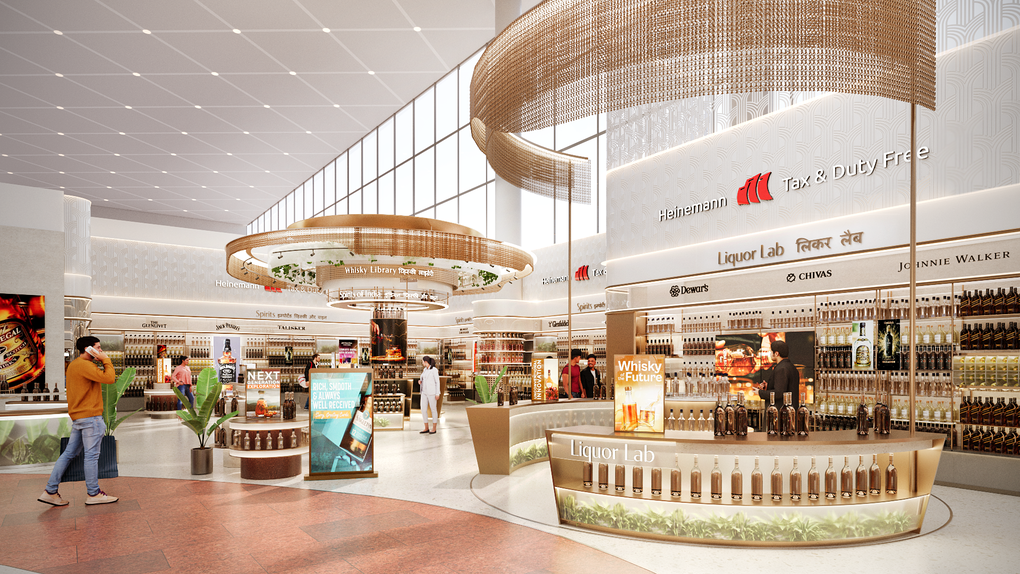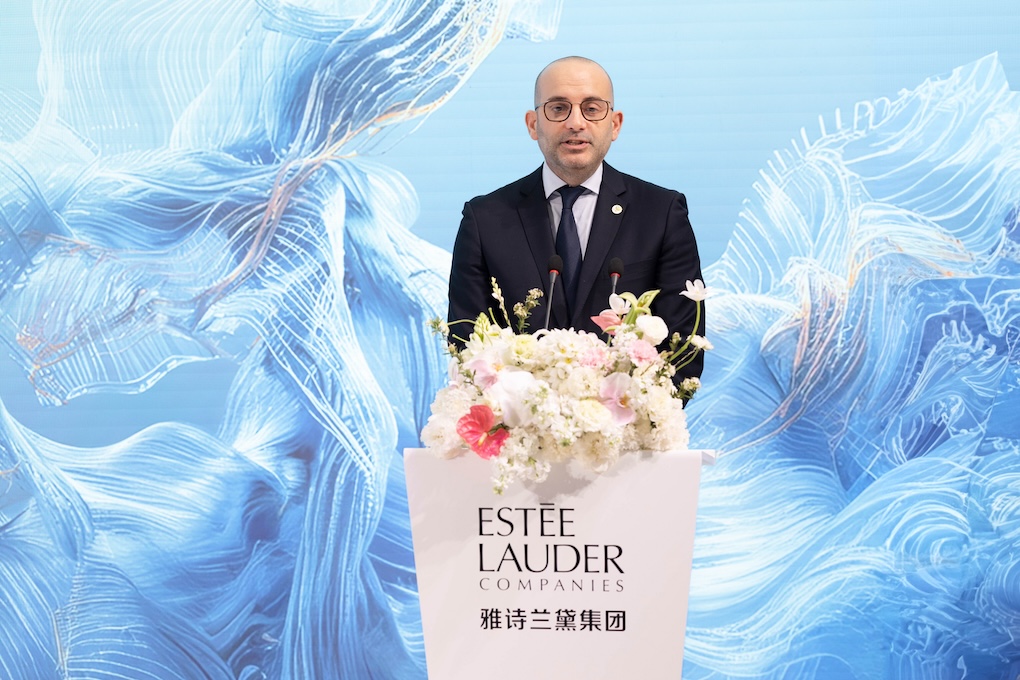ASIA PACIFIC. Foreign visitor arrivals to Asia Pacific destinations in 2016 climbed by +3% year-on-year to a record 597 million. That’s according to the Pacific Asia Travel Association (PATA). The figures update preliminary results reported in March.
Of 47 regional markets, 17 had double-digit growth rates ranging from more than +30% for Nepal and Korea and over +20% for each of Mongolia, Japan and Vietnam. Growth was uneven however, with seven Asia Pacific destinations reporting contractions in foreign arrivals in 2016 compared to 2015.
The strongest destination sub-regions for annual growth were South America with an annual increase of over +13%, Oceania with a gain of more than +11% and South Asia with close to +10% growth.
Across the three major regions with Asia Pacific, Asia was the front runner for foreign arrivals by volume with almost 436 million international arrivals, followed by the Americas with close to 147 million arrivals and the Pacific with 24.5 million international arrivals.

PATA said: “Despite the significant challenges being faced by Turkey’s tourism sector the annual net increase in arrivals into the Asia Pacific region was still strong, adding close to 18 million additional arrivals to its total foreign inbound count year-on-year.”
Intra-regional travel flows were strong for Asia and the Americas with 94% and 78% respectively of their inbound volumes arising from within the same region. The Pacific was the only destination region to see the majority of its arrivals come from outside that region; more than 52% of foreign arrivals into the Pacific in 2016 came from Asia.

Origin markets in Northeast Asia were the largest generators of absolute volumes into Asia Pacific in 2016, led by China and Hong Kong SAR which generated 108.5 million and 93.7 million arrivals respectively. These were supported by Macau SAR, which generated 24.4 million arrivals as well as South Korea with 23.2 million, Japan with 20.3 million and Chinese Taipei with 19.8 million arrivals originating in those markets.
The USA, Canada and Mexico also rated within the top ten generators of foreign arrivals in 2016, producing 45.8 million, 24.9 million and 20.3 million arrivals respectively into Asia Pacific in that year.
Singapore was the only Southeast Asian origin market within the top ten listing, generating close to 19.9 million arrivals for the year.
PATA also reported some strong annual growth increases from other origin markets such as Cuba (+52%), Ukraine (+41%) and Argentina (+24%).
PATA CEO Dr. Mario Hardy said: “The year was one of strong overall growth and even stronger increases for some sub-regions and individual destinations. Clearly the volume is there but the destinations winning and losing fluctuate frequently and rapidly.
“The speed with which origin markets move and shift from one year to the next and from one destination to the next, highlights the importance of having clear and reliable measures of tourism movements into and across the Asia Pacific region. We are in an age where solid marketing metrics are essential to guide strategic decisions and identify appropriate resource deployment alternatives while reducing, simultaneously, risk and bolstering our ability to capitalise upon swiftly emerging opportunities.”














